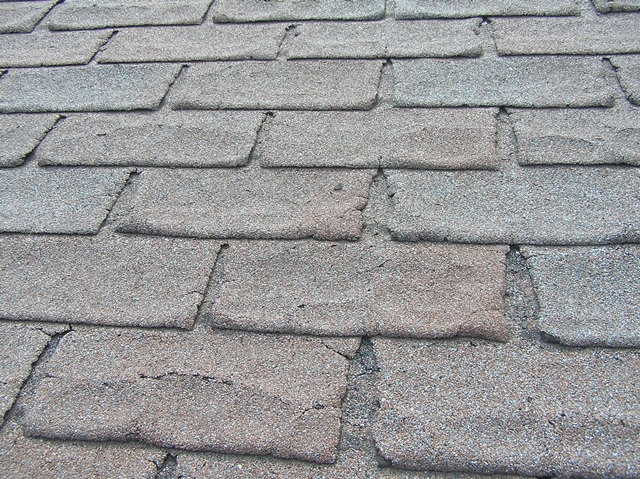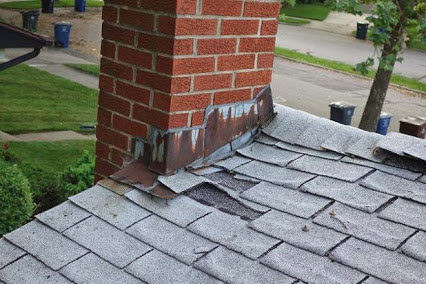25 Aug
NY Top 5 Warning Signs | New York Roofing Services
Has your shingle roofing been on your home for quite a long time? Are you concerned whether you may need a new one? You can always get certified and qualified roof contractor to assess the quality of your roof, and you should if you plan to replace one. However, you can educate yourself on some of the key warning signs to look for when inspecting your own roof.

As a caution, we don’t recommend that homeowners climb onto their roofs at any time. Falling from even a first story roof can be fatal or result in life-changing injuries. The advantage of the following tips is they can be done from the safety of the ground. You may wish to have a set of binoculars handy to look at details, but most roof issues can be determined with normal eyesight alone.
Curling or Clawing Shingles
When shingles begin to curl or claw, it’s a sign of an aging roof. It can also be a sign of excessive heat in the attic space below the roof. As the shingles curl, they are more likely to break when winds pick up, because they become brittle. Windy rain can work its way under the shingles and cause subroof damage or water leaks in the home. Also, if the attic is too hot, you should discuss ways to ventilate the space below the roof when replacing it, as this is the least expensive time to add roof vents or other ventilation.
Missing Granules and Bare Spots
In areas where water is flowing, such as eaves, roof valleys and anywhere a downspout drains onto a roof, the roof granules that protect the roof shingles can slowly wear away. The granules act as a sun and weather barrier to protect the asphalted felt underneath, and need to be there for a proper life expectancy. If there is roof damage from a storm or someone walking on the roof, you may also see a bare spot. These spots cause accelerated aging of the roof shingles, and if cracks appear water can enter the home. Bare spots and missing granules are a sign a replacement is needed.
Broken or Missing Shingles
Wind or storm damage, such as falling branches or hail, can cause older shingles to break or be removed completely from the roof. If you have missing or broken shingles, this is a sign of an aging roof that may need replacement. As a minimum, you should repair the damaged areas immediately. Water can quickly enter the home from damaged areas.
Buckling Shingles
Buckling is an effect that looks like humps or vertical rises in the shingles, rather than a curling effect on the corners. The major cause is water that has entered the underlayment that is placed onto the roof first, with the shingles over it. If it gets wet, or has been installed incorrectly, the buckling can start in the affected areas. Water can enter under the buckled areas quite easily, and the shingles can be broken off by the wind. Buckled roofs should be repaired or replaced quickly to prevent further damage.
Damaged Flashings

Flashings are metal or vinyl trim pieces that are installed around skylights, chimneys, in roof valleys, at eaves, and anywhere there is a transition of slope or a part of the house that interrupts the lines of the roof. Flashing is typically nailed in place, then carefully caulked to create a waterproof barrier next to the roof.
Over time, normal seasonal expansion and contraction of the home can cause flashing to come loose. Also, caulk ages and can crack or loosen from the flashing/roof edges. If the flashing comes loose, it can pull the nails or fasteners from the home and can be damaged by storms. Regardless of the cause, loose or damaged flashing and old caulking need to be repaired quickly to prevent water damage.
Damaged caulking may be the one item that can be hard to see from the ground, so it is useful to have a periodic inspection done of any roof to look for trouble signs before damage occurs. A little preventive maintenance and caulking can extend the lifetime of a roof system by a significant margin. It’s also important to note that water leaks can create a great deal of damage without being visible inside the home; damaged subroofs, wet insulation, and mold can occur without any visible sign of a leak.
If you have any concerns about the quality of your roof, contact us for an inspection, and we will clearly define what repairs are needed or if a roof replacement is recommended.


Sorry, the comment form is closed at this time.